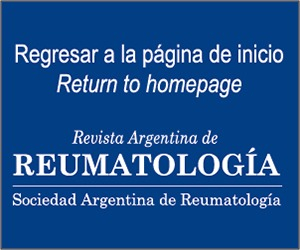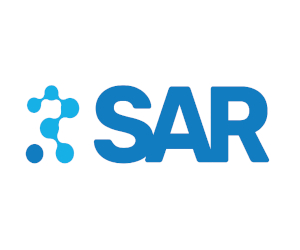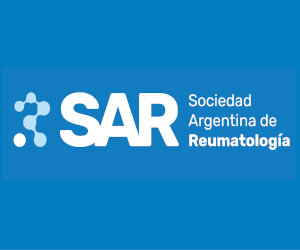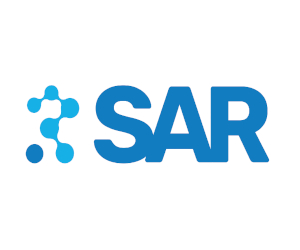| Language | |
 |
Español (España) |
 |
English |
Submissions
Submission Preparation Checklist
As part of the submission process, authors are required to check off their submission's compliance with all of the following items, and submissions may be returned to authors that do not adhere to these guidelines.- The submission has not been previously published, nor is it before another journal for consideration (or an explanation has been provided in Comments to the Editor).
- The submission file is in OpenOffice, Microsoft Word, or RTF document file format.
- Where available, URLs for the references have been provided.
- The text is single-spaced; uses a 12-point font; employs italics, rather than underlining (except with URL addresses); and all illustrations, figures, and tables are placed within the text at the appropriate points, rather than at the end.
- The text adheres to the stylistic and bibliographic requirements outlined in the Author Guidelines.
Editorial
It is the contribution requested by the Committee to an expert, who from a personal point of view will write on topics of current interest. Its maximum length will be 3 pages or to be agreed with the editor.
An editorial cannot be submitted. It is only by invitation of the editor. As an exception, an expert in a subject could be proposed to carry out an editorial, even more so if it is related to a work published in the same edition of the journal.
Original Article
Presentation of an original personal or group scientific work that contributes to the progress of the specialty. The text will have a maximum length of 15 pages. The different items will appear in the following order:
- Title in Spanish
- Title in English
- Authors: Surname and name. If the study is multicenter, the citation must be added (numerical in superscript) and then, at the end of the list of authors, the place of belonging will be detailed in the order cited.
- Contact email. It is recommended that it be that of the first author.
- Summary in Spanish of up to 200 words.
- Keywords in Spanish.
- Summary in English of up to 200 words.
- Keywords in English.
- Article proper: it must consist of introduction, material and methods, results, discussion, conclusions and bibliography. Up to 6 figures and 6 tables will be accepted. Figures and tables must be inserted in the text according to their citation order (not everything at the end of the text)
- In Material and methods, in the case of an original article, do not forget to describe the statistical method. It should also not be omitted if the study had an informed consent and was approved by an ethics committee. All studies with patients in which there has been an intervention or sensitive data have been manipulated must contain an ethical approval that must be indicated in the work.
- The discussion must be pertinent and oriented towards the investigated topic. The conclusion should be short and based on the work done.
- If there were conflicts of interest or financial contributions to the study, these must be clarified.
- Bibliographic citations must meet the following standard at the time of writing.
Example: Sarzi-Puttini P, Giorgi V, Sirotti S, Marotto D, Ardizzone S, Rizzardini G, et al. COVID-19, cytokines and immunosuppression: what can we learn from severe acute respiratory syndrome? Clin Exp Rheumatol. 2020; 38 (2): 337-342 - Figures, graphs, tables, photos: they must have a correlative number according to the moment in which they are cited. All of them must have a title. They may eventually have a short explanation.
Updates
Updating on certain topics of interest, presented in a synthetic way. It should not exceed 10 pages, and may include 2 tables and 2 figures. "Recommended readings" should be added in a number no greater than 10 citations, plus the corresponding citations that arise from the text.
It will consist of:
- Title in Spanish
- Title in English
- Authors: Surname and name. If the study is multicenter, the citation must be added (numerical in superscript) and then, at the end of the list of authors, the place of belonging will be detailed in the order cited.
- Contact email. It is recommended that it be that of the first author.
- Summary in Spanish of up to 200 words.
- Keywords in Spanish.
- Summary in English of up to 200 words.
- Keywords in English.
- If there were conflicts of interest or financial contributions to the article, these must be clarified.
- Bibliographic citations must meet the following standard at the time of writing.
Example: Sarzi-Puttini P, Giorgi V, Sirotti S, Marotto D, Ardizzone S, Rizzardini G, et al. COVID-19, cytokines and immunosuppression: what can we learn from severe acute respiratory syndrome? Clin Exp Rheumatol. 2020; 38 (2): 337-342 - Figures, graphs, tables, photos: they must have a correlative number according to the moment in which they are cited. All of them must have a title. They may eventually have a short explanation.
Clinical Case
Description of a case or group of cases of rare observation or with particular characteristics that supposes a contribution to the knowledge of the subject. Its maximum length will be 5 pages. It will consist of an abstract in Spanish and English, keywords in Spanish and English, a description and discussion of the case, and a bibliography (no more than 15 citations). Up to 4 figures and 4 tables will be accepted.
Requirements:
- Title in Spanish
- Title in English
- Authors: Surname and name. If it is a multicenter publication, the citation must be added (numeric in superscript) and then, at the end of the list of authors, the place of belonging will be detailed in the order cited.
- Contact email. It is recommended that it be that of the first author.
- Summary in Spanish.
- Keywords in Spanish.
- Summary in English.
- Keywords in English.
- If there were conflicts of interest or financial contributions to the article, these must be clarified.
- Bibliographic citations must meet the following standard at the time of writing. Example:
Sarzi-Puttini P, Giorgi V, Sirotti S, Marotto D, Ardizzone S, Rizzardini G, et al. COVID-19, cytokines and immunosuppression: what can we learn from severe acute respiratory syndrome? Clin Exp Rheumatol. 2020; 38 (2): 337-342
- Figures, graphs, tables, photos: they must have a correlative number according to the moment in which they are cited. All of them must have a title. They may eventually have a short explanation.
Diagnostic imaging
Presentation of a problem case based on image diagnosis, with essential clinical data and sequence of studies carried out to reach the definitive diagnosis. Up to 6 figures will be accepted.
History of medicine
Presentation of an original personal or group scientific work that contributes to the progress of the specialty. The text will be from a medical-anthropological, documentary or historical investigation.
Readers Letters
Comments about previously published articles. They should not exceed 3 pages, and may include a single table or figure and up to 6 bibliographic citations.
Guías
Guides of the Argentine Society of Rheumatology
Recomendations
Recommendations of the Argentine Society of Rheumatology
Privacy Statement
The names and e-mail addresses entered in this journal will be used exclusively for the purposes declared by this journal and will not be available for any other purpose or other person outside the journal. The contact email that must appear in each article is excepted.







